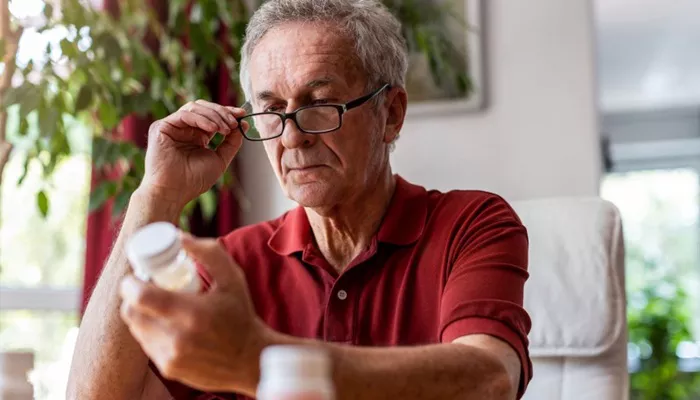A new study published in eClinicalMedicine has found that depression and loneliness often emerge years before older adults begin experiencing chronic pain. These mental health struggles not only precede the pain but tend to worsen significantly once pain begins and remain elevated long after.
Why It Matters
Chronic pain affects up to 40% of adults in Europe and the UK and is a major cause of disability. Yet it’s not just a physical issue. This research highlights how deeply pain is connected to emotional and social wellbeing—especially in older populations.
What the Study Looked At
Researchers used data from over 7,000 people aged 50 and older, taken from the English Longitudinal Study of Ageing (ELSA), which tracks participants’ health and lifestyle over time.
Participants were divided into two groups: those who developed moderate to severe pain during the study, and a control group who remained pain-free. Researchers measured levels of:
- Depression
- Loneliness (feeling disconnected)
- Social isolation (lack of contact)
They tracked these measures years before and after pain first appeared.
Key Findings
Depression started early: Even eight years before pain started, people who later reported pain already showed higher depression scores.
Loneliness grew over time: These individuals also reported feeling lonelier long before pain began, with loneliness peaking after pain onset.
Social isolation had little impact: Surprisingly, the number of social contacts didn’t differ much between the two groups—suggesting it’s how connected people feel, not how many people they know, that matters most.
Stronger effects in vulnerable groups: People under 65, those with less education, and lower income showed stronger links between depression and later pain.
Practical Takeaways for Everyday Life
1. Pay attention to persistent low mood or loneliness.
Feeling emotionally unwell over a long time—even before physical symptoms—may be a sign of future health challenges. Talking to a professional or trusted friend early can make a difference.
2. Focus on connection, not just contact.
It’s not about how many people you know, but how supported you feel. Deepening quality relationships may help reduce feelings of loneliness and buffer against future pain.
3. Check in on loved ones—especially older adults.
If someone you care about shows signs of withdrawal, sadness, or says they feel alone, they may be at higher risk for future health problems.
4. Prioritize mental health in pain prevention.
Mental and emotional health are often early warning signs. Programs aimed at preventing chronic pain in aging adults should include mental health support.
What This Means for Healthcare
The study suggests healthcare providers should monitor mental health symptoms as part of chronic pain prevention, especially in midlife and older adults. Interventions that target loneliness and depression—particularly among lower-income or less educated populations—may reduce both emotional suffering and later physical disability.
Study Strengths and Limitations
Strengths:
- Large, nationally representative sample
- Long-term follow-up (up to 20 years)
- Validated tools for measuring depression and loneliness
Limitations:
- Pain was self-reported, which may affect accuracy
- Unable to fully separate types of pain (e.g., chronic vs. acute)
- No proof of direct causation—only strong associations
Conclusion
This study adds to growing evidence that mental health and physical pain are deeply connected. Depression and loneliness can be early indicators—not just outcomes—of chronic pain. Recognizing and treating these emotional signs may not only improve mental well-being but also reduce the risk of long-term physical suffering.
Staying socially connected, emotionally supported, and mentally healthy is more than just good advice—it’s essential for aging well.
Related topics:
- Metformin Linked to Increased Longevity in Older Women with Diabetes
- More Older Women Are Dying From Falls, Report Shows
- Testosterone Gel Does Not Boost Recovery After Hip Fractures in Older Women


